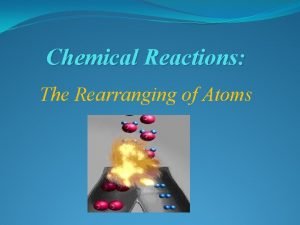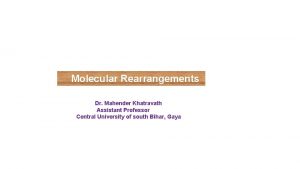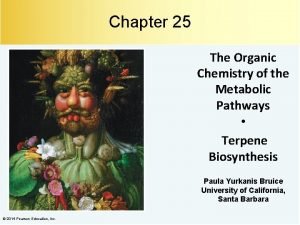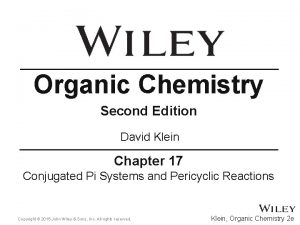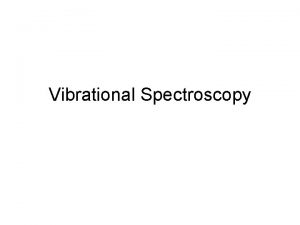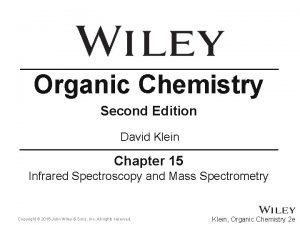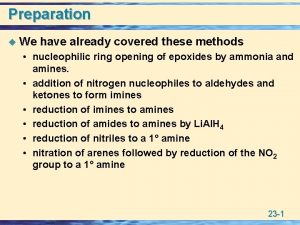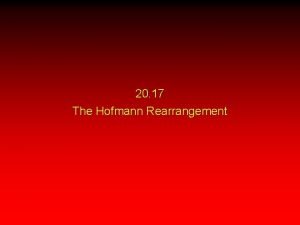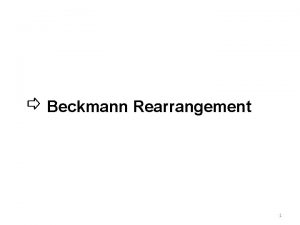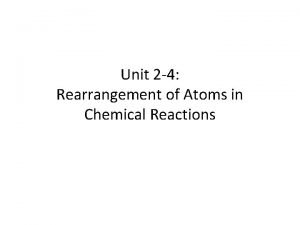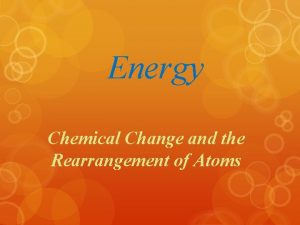PP25 Rearrangement Effect of Surface Atoms on the




![Calculation Procedure [110] : φ=45˚ [210] : φ=22. 5˚ Ion Ar Target materials Pd(001) Calculation Procedure [110] : φ=45˚ [210] : φ=22. 5˚ Ion Ar Target materials Pd(001)](https://slidetodoc.com/presentation_image_h/011db241ed391db864df65fdc5ad31c8/image-5.jpg)
![Sputtering Information Direction (φ) [110] [210] Penetration Depth [Å] 11 9. 43± 3. 47 Sputtering Information Direction (φ) [110] [210] Penetration Depth [Å] 11 9. 43± 3. 47](https://slidetodoc.com/presentation_image_h/011db241ed391db864df65fdc5ad31c8/image-6.jpg)


![Axis of Symmetric Yr • Incidence along [110] dir. The axes were shown overall Axis of Symmetric Yr • Incidence along [110] dir. The axes were shown overall](https://slidetodoc.com/presentation_image_h/011db241ed391db864df65fdc5ad31c8/image-9.jpg)
![Surface Structure Evolutions φ=45° [110] (a) φ=22. 5° [210] (b) Ar bombarding (a) 4, Surface Structure Evolutions φ=45° [110] (a) φ=22. 5° [210] (b) Ar bombarding (a) 4,](https://slidetodoc.com/presentation_image_h/011db241ed391db864df65fdc5ad31c8/image-10.jpg)

- Slides: 11

PP-25 Rearrangement Effect of Surface Atoms on the Alternation of Patterning Regime: Incident Energy Effect of Ar Haeri Kim 1, 2, Sang-Pil Kim 1, and Kwang-Ryeol Lee 1 1 Computational Science Center, Korea Institute of Science and Technology, Seoul, Korea 2 Department of Physics, Ewha Womans University, Seoul, Korea

Ion Bombardment (Sputtering) Deposition Film coating Science, 285, 1551 (1999). Ion bombardment Surface treatment - Most works utilized sputtering as deposition tool are focused on the reaction phenomena between recoiled ions from the target and substrate atoms to deposit. - Since a possibility to manufacture the nano patterns on the surface was introduced, it has taken an enormous attention to researchers. - Such a peculiar process resulted in enhancing the possibility for designing nano sized patterning by cheap and simple method.

Applications Facsko et al. , SCIENCE, 285, 1551 (1999) Chaudhari et al. , NATURE 411, 56 (2001) Ordered adsorption of large molecules Optoelectronic devices Molding templates Deposition Manipulating magnetism Sputtering Catalytically active surface Manipulating film texture Moroni et al. , PRL 91, 167207 (2003) Azzaroni et al. , APL 82, 457 (2003)

Patterning Regimes § Ion diffusion : creating surface produced with shape and orientation along crystal orientation(=structure) § Ion erosion : creating surface are oriented along the ion beam direction and do not crystal orientation - Figure (a), (b) are taken after normal incidence(diffusive regime) - Figure (c), (d) are taken after grazing incidence sputtering θ=70˚(erosive regime) * *U. Valbusa, Mater. Sci. C 23 (2003) 201 -209
![Calculation Procedure 110 φ45 210 φ22 5 Ion Ar Target materials Pd001 Calculation Procedure [110] : φ=45˚ [210] : φ=22. 5˚ Ion Ar Target materials Pd(001)](https://slidetodoc.com/presentation_image_h/011db241ed391db864df65fdc5ad31c8/image-5.jpg)
Calculation Procedure [110] : φ=45˚ [210] : φ=22. 5˚ Ion Ar Target materials Pd(001) Incident energy 0. 5/1. 0/2. 0 ke. V Polar angle (θ) 30˚/60˚/75˚ Azimuthal angle (φ) 22. 5˚ (=[210]) § 1, 000 trials for each case Initial Ar positions were randomly selected within surface
![Sputtering Information Direction φ 110 210 Penetration Depth Å 11 9 43 3 47 Sputtering Information Direction (φ) [110] [210] Penetration Depth [Å] 11 9. 43± 3. 47](https://slidetodoc.com/presentation_image_h/011db241ed391db864df65fdc5ad31c8/image-6.jpg)
Sputtering Information Direction (φ) [110] [210] Penetration Depth [Å] 11 9. 43± 3. 47 Sputtering Yield [atoms/ion] 3. 433± 1. 104 3. 073± 1. 116 Rearrangement Yield [atoms/ion] 10. 676± 3. 044 9. 8± 2. 84 Ratio 3. 109 3. 19

Results – Ys vs. Yr φ θ 0. 5 ke. V 1. 0 ke. V 2. 0 ke. V • • 0 30 60 75 Ys Yr 22. 5˚ 45˚ 3. 011 3. 07 3. 43 2. 95 2. 52 -* -* 4. 18 3. 97 4. 58 5. 70 4. 86 0. 49 1. 09 4. 96 5. 58 5. 87 8. 07 8. 98 3. 04 4. 24 22. 5˚ 45˚ 10. 32 9. 84 10. 68 6. 70 6. 23 0. 39 0. 12 13. 34 11. 91 12. 88 12. 78 11. 51 2. 26 2. 60 14. 65 17. 00 16. 12 18. 89 19. 76 8. 09 8. 17 Yr / Ys 22. 5˚ 45˚ 3. 43 3. 20 3. 11 2. 28 2. 47 3. 19 3. 00 2. 81 2. 24 2. 36 4. 59 2. 37 2. 96 3. 05 2. 75 2. 34 2. 20 2. 41 1. 93 The difference of sputtering yield was enhanced in the case of high θ, grazing incidence rather than low θ, nearly normal. It can be deduced that because the lateral force along the beam direction becomes significantly as increasing the θ, Ys computed very sensitive to the beam direction.

Lateral Distributions θ=60°, φ=45° θ=60°, φ=22. 5° • The intensity of the data points is proportional to the number of the rearranged atoms placed at that position. • The distribution was confirmed not a circular shape but a anisotropic diamond shape strongly affected by the surface structure of Pd (001) • Shape of the ripples changes very sensitively for the φ even under the same θ. • As increasing the incident energy, the shape of the patterns were affected on the beam direction. 0. 5 ke. V 1. 0 ke. V 2. 0 ke. V
![Axis of Symmetric Yr Incidence along 110 dir The axes were shown overall Axis of Symmetric Yr • Incidence along [110] dir. The axes were shown overall](https://slidetodoc.com/presentation_image_h/011db241ed391db864df65fdc5ad31c8/image-9.jpg)
Axis of Symmetric Yr • Incidence along [110] dir. The axes were shown overall 45°, regardless of the incidence energy of Ar. • Incidence along [210] dir. when the incidence energy was 0. 5 ke. V, the axis was shown almost 22. 5° at 30° of θ, while 45° of symmetric axis was shown at 60° of θ. • Higher incidence energy of Ar could give an enough energy for changing the distributions of the rearranged atoms from the [110] to the [100] directions.
![Surface Structure Evolutions φ45 110 a φ22 5 210 b Ar bombarding a 4 Surface Structure Evolutions φ=45° [110] (a) φ=22. 5° [210] (b) Ar bombarding (a) 4,](https://slidetodoc.com/presentation_image_h/011db241ed391db864df65fdc5ad31c8/image-10.jpg)
Surface Structure Evolutions φ=45° [110] (a) φ=22. 5° [210] (b) Ar bombarding (a) 4, 200 (b) 3, 072 (c) 1, 024 (d) 2, 048 In progress. . . 0. 5 ke. V (c) (d) 1. 0 ke. V Θ=60˚

Conclusions • Using the classical MD simulations, quantitative investigations of the rearrangement effects which were occurred consistently during ion beam sputtering were performed. • Regardless of the incidence conditions, the rearranged atoms were shown to be 2~3 times larger than the sputtered atoms and confirmed that this behavior was shown very rapidly in a ballistic manner simultaneous with the Ar bombarding. • We could elucidate the changing mechanism from the diffusive to the erosive regime for the incidence energy in an atomic point of view, and confirm the rearrangement atoms would play an important role in forming the surface patterns during ion beam sputtering.
 Rearrangement of atoms in a chemical reaction
Rearrangement of atoms in a chemical reaction Periodic table of elements regents
Periodic table of elements regents Alkene can be formed from carbonium ion by
Alkene can be formed from carbonium ion by Semipinacol rearrangement
Semipinacol rearrangement Catabolism stages
Catabolism stages Openreach fault tracking
Openreach fault tracking Diels alder reaction
Diels alder reaction M<5
M<5 Main difference between hofmann and curtius rearrangement
Main difference between hofmann and curtius rearrangement What is mclafferty rearrangement
What is mclafferty rearrangement Demjanov rearrangement
Demjanov rearrangement Arrange sentences in correct order
Arrange sentences in correct order
